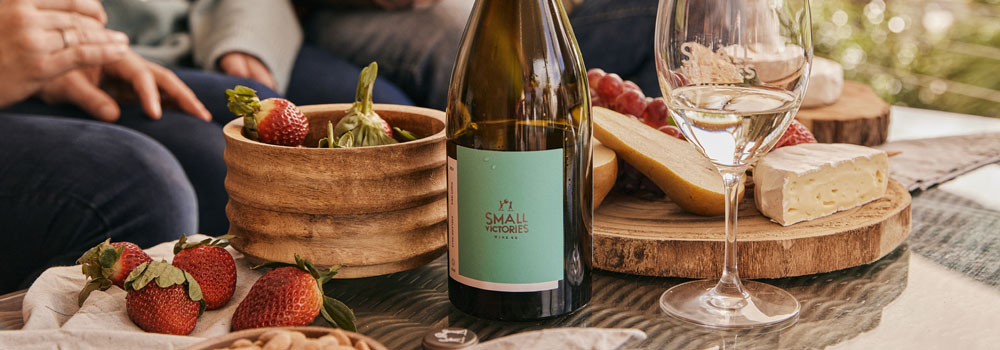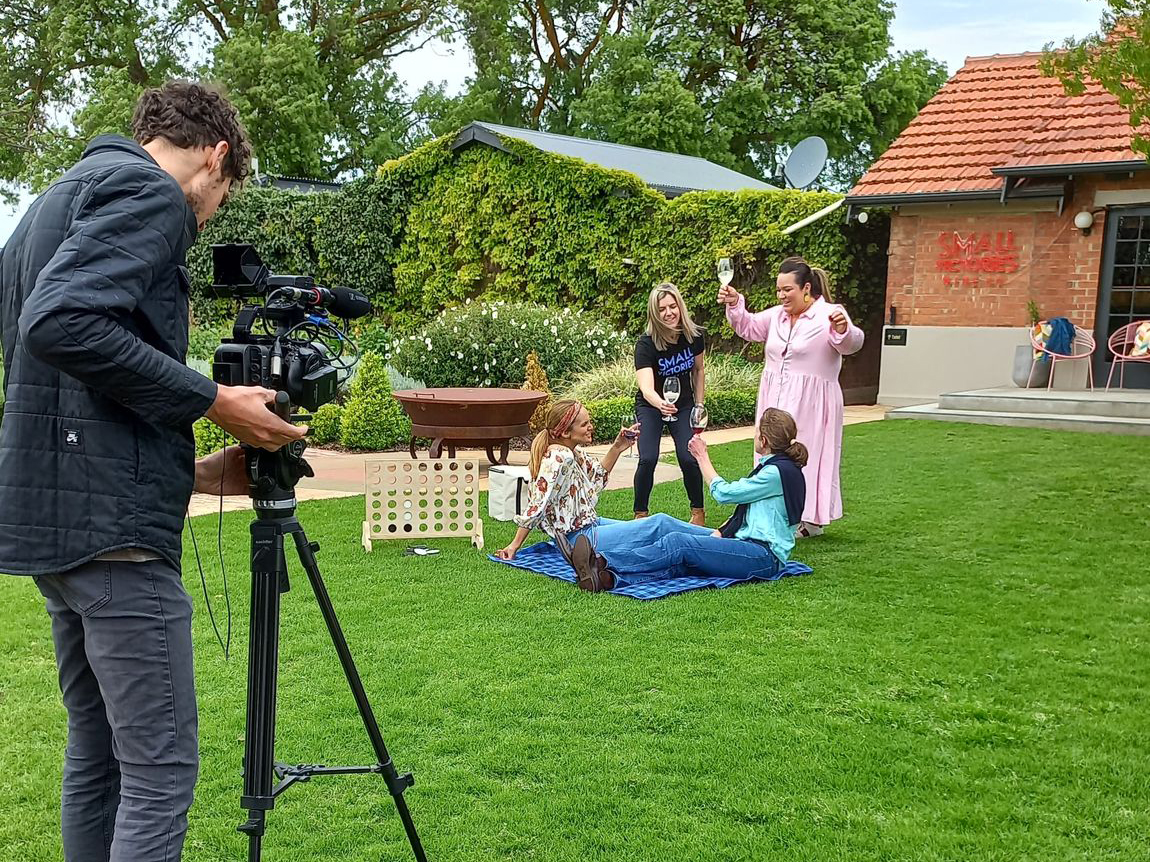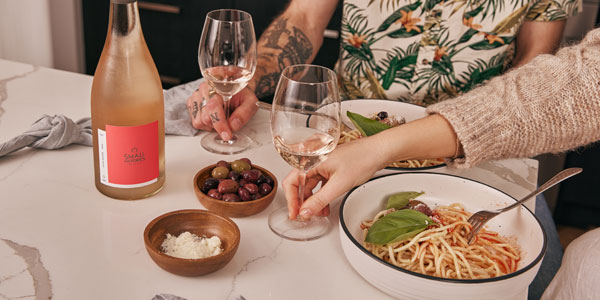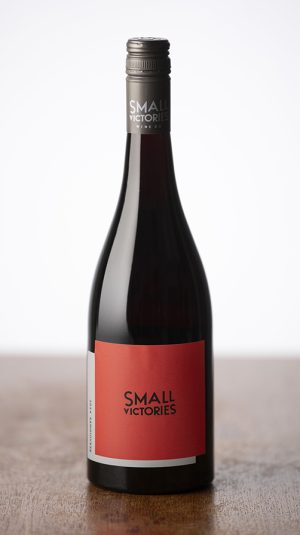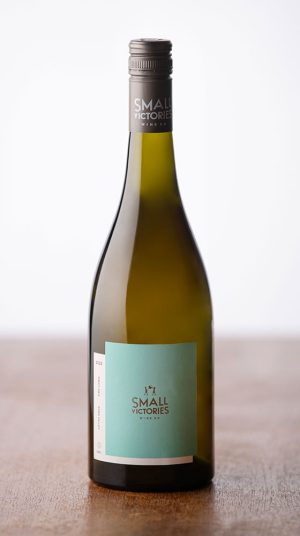This is a fabulous question! I am so glad you asked…
We’ve all done it before – just grabbed a bottle of Grenache off the wine rack and poured a glass straight away. Or we’ve had a bottle of Pinot Gris in the kitchen fridge, just waiting for the time a friend pops round and it just so happens to be wine o’clock.
But, this may not be showing the wines off at their best. Indeed, serving temperature of your wine does matter.
Wine serving temperature
Serving temperature is a bit like wine life in general – each individual has their own preferences.
Take me, for example – I hate going to a restaurant and ordering a delicious white wine that has been in a fridge that is set too cold. The wine comes out to our table and is colder than Adelaide Oval in July. Ugh.
When an aromatic white is that cold, you can’t enjoy its amazing aromas and you certainly don’t get any flavours of the wine. It’s just a cold drink, rather than that glass of wine you’ve been waiting for.
So I sit patiently, with my hands wrapped around the glass trying to warm it up so I can experience the wine. Many of my friends call me a wine snob when we’re out to dinner, so take from that what you will. [I’m the opposite of a wine snob, really, I just want to enjoy my wine!]
The tricky thing is there’s no hard and fast rule about serving temperatures. This is especially the case in Australia where our summers are hot and our winters are sometimes not that wintery. This means we often serve our whites too cold and our reds too hot.
There are some common themes that we work off, and here are my thoughts to help guide you through this maze of serving wine.

Serving temperature for white wine
To show their best, white wines generally should be served chilled. But chilled doesn’t mean icy.
If served too cold, a white wine can have it’s aromas and flavours muted, and the acidity may seem sharper.
Most of us would put a bottle of white wine in the fridge so we can just grab it when we need it. This is fine, but our house fridges are generally 3-4°C, and this is too cold for most whites to show their best. So in this case, grab your bottle out the fridge about 30 minutes before you will be serving it so it can warm up a little.
If you’ve had unexpected visitors and your white is at room temperature, the quickest way to cool it down is in an ice bucket/tub with a cold water and ice mix (rather than just ice). This may still take half an hour. Sometimes I put mine in the freezer if I’ve got a little longer up my sleeve (don’t forget about it though!)
Here’s a bit of a guide for temperatures to serve your white wines:
6-8ºC | Sparkling, dessert wines
8-10ºC | Rosé, Vermentino, Riesling, Chardonnay (unoaked), fruitier white wine styles
10-12ºC | Pinot Gris, Chardonnay (oaked), Viognier, more textural white wines
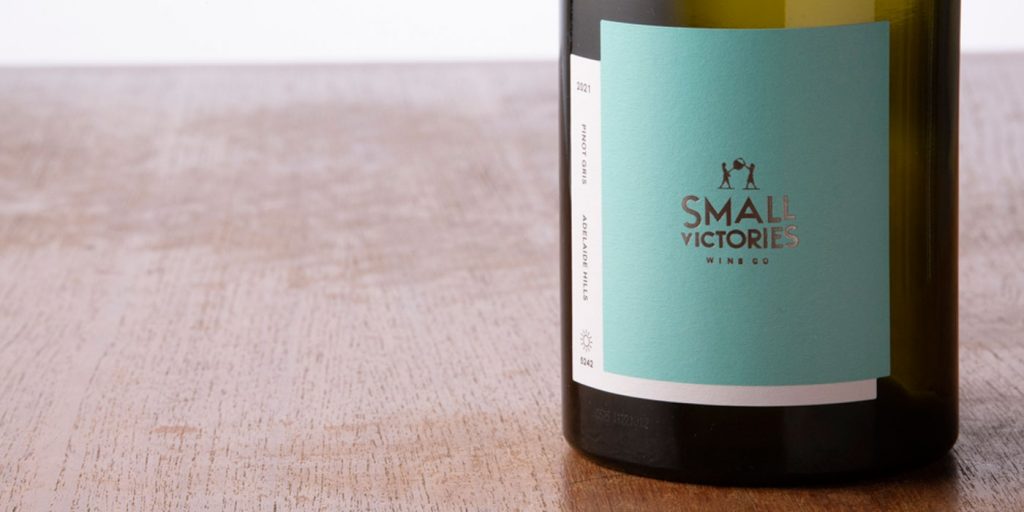
Red wine serving temperature
I think most of us would always remember being told that reds should be served at room temperature. But when we think about it a bit more, ‘room temperature’ at a summer bbq could be 32ºC. And even inside is likely to be around 22ºC even with the aircon on.
The old ‘room temperature’ thought is believed to stem from ye olde times in France, where room temperature would be much closer to mid-teens. If we all had a wine cellar then we could pull the wine straight off the shelf and be ready to pour. But in our current lives we may need to consider the temperature before serving our red wines.
You might need to pop your red into the fridge or ice bucket for a short time. Or if you’ve got a wine fridge that is set for cellaring at a certain temperature, you might even need to let it warm up slightly before serving.
If a red wine is too warm, then it can accentuate the alcohol and make the wine look ‘flabby’ by hiding all the lovely fruit characters. If a red is too chilled then tannins can be very astringent and aromas will be muted.
A guide for red wine serving temperatures:
12-14ºC | lighter reds like Pinot Noir, Tempranillo and you can include our medium bodied Sangiovese and Old Vine Grenache in this grouping, which can be slightly more chilled due to the lower tannins
15-18ºC | full-bodied reds – Shiraz, Cabernet Sauvignon, Merlot

Ice cubes in wine?
Well, this surely initiates an interesting conversation around a table! But, yeah, go for it!
The great Harvey Steiman from Wine Spectator is ok with it – check out this piece he wrote https://www.winespectator.com/blogs/show/id/48287.
“I was part of a panel conducting a public tasting. It must have been a sultry 95° F in that room, so hot that all the wines just tasted like soup. The small pours had already matched the elevated room temperature. As we each had glasses of ice water, I transferred an ice cube into the first glass, swirled it around and removed the ice. Voila! The wine tasted fresher and much more appealing. I repeated the process just before sipping each successive wine, and the distinctions among them became much clearer.” Extract from Harvey Steiman piece ‘Shocking, Absolutely Shocking’
Remember to take the cubes out once they’ve done their job so the wine doesn’t dilute as the ice melts – quite important! I’ve even got some whiskey stones in our freezer to use in a similar way, given that they don’t melt.
Trial your own
As I said at the outset, while there are guides, everyone has their own preference when it comes to wine. Your ideal serving temperature might change depending on the weather and what you’re eating so don’t be afraid to do some experimenting with your favourite wines and find your sweet spot.
Cheers!
’til next time, Jess

